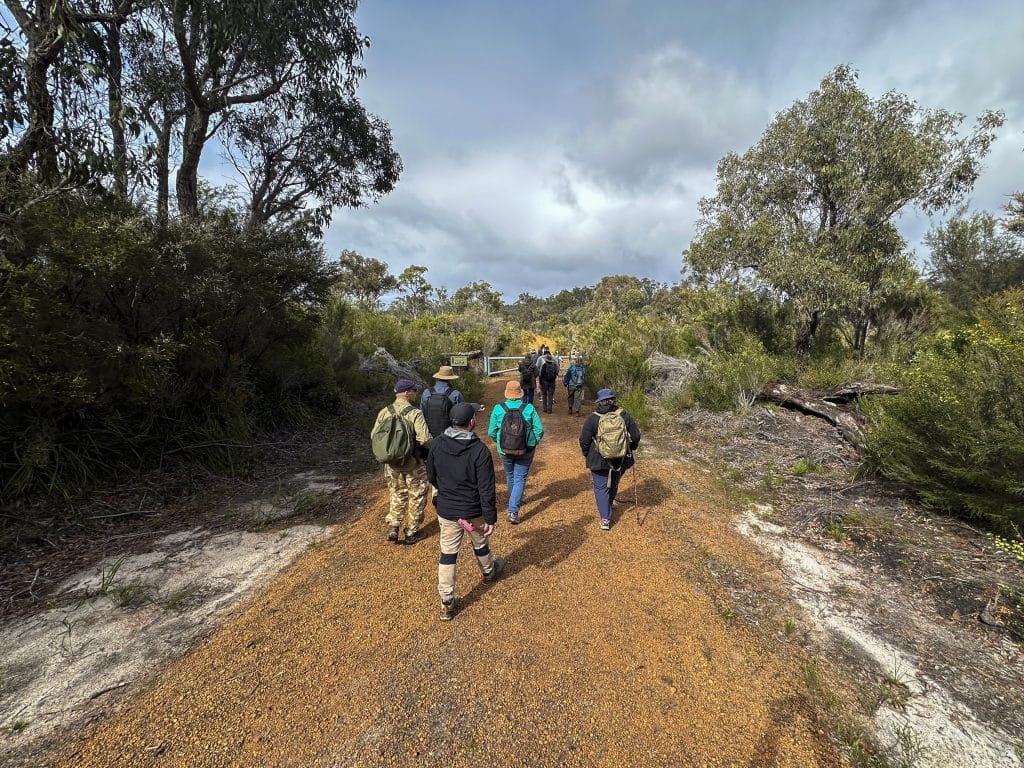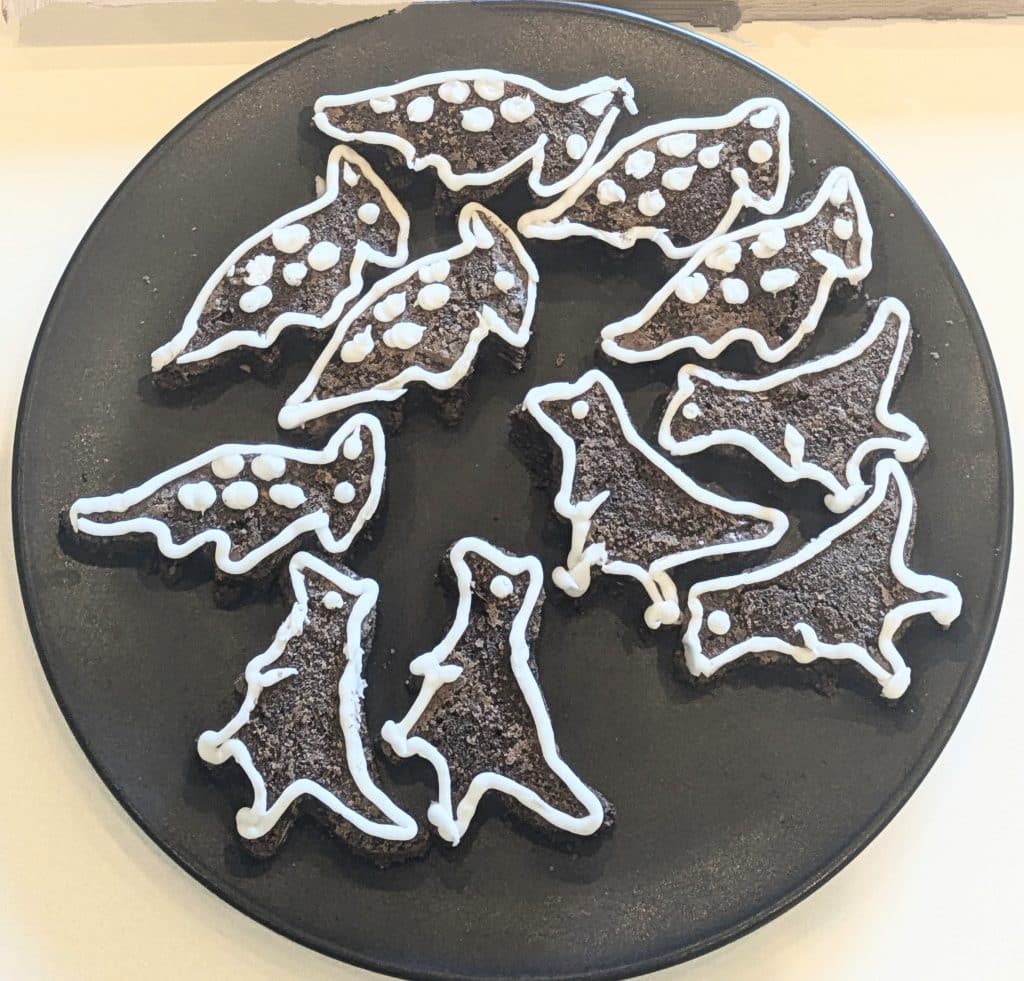More than 200 people converged on Walpole at the end of September, with one common goal – to capture a snapshot of the plant and animal life hidden in the nooks and crannies of the Walpole Wilderness Area, the only gazetted wilderness in Western Australia.
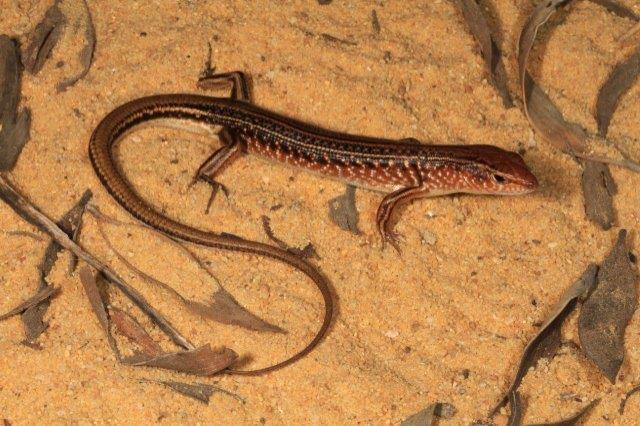
Perth slider or lined skink (Lerista lineata), currently listed as Priority 3 by DBCA and Endangered under the IUCN Red List (R.J. Ellis)
Biologic Principal Zoologist and IUCN SSC Skink Specialist Group member Ryan Ellis recently published a paper in Biological Conservation on the conservation status of the world’s skinks (family Scincidae). The publication was the result of a collaborative effort with members of the Skink Specialist Group from around the globe investigating the taxonomic and geographic patterns in extinction risk of the reptiles collectively known as skinks, a group comprising more than 1,700 species globally.
From the large and locally common bobtail (Tiliqua rugosa) to the small and cryptic common dwarf skink (Menetia greyii) with a near continental distribution, or the Pilbara endemic and range restricted Nevin’s three-toed slider (Lerista nevinae), Australia supports a wide range of species and represents a global hotspot of skink diversity.
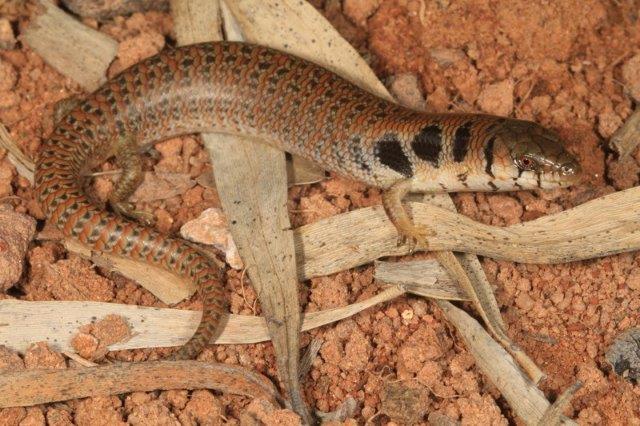
The Priority 4 Pilbara endemic lined soil-crevice skink (Notoscincus butleri) from Pyramid Station, WA (R.J. Ellis)
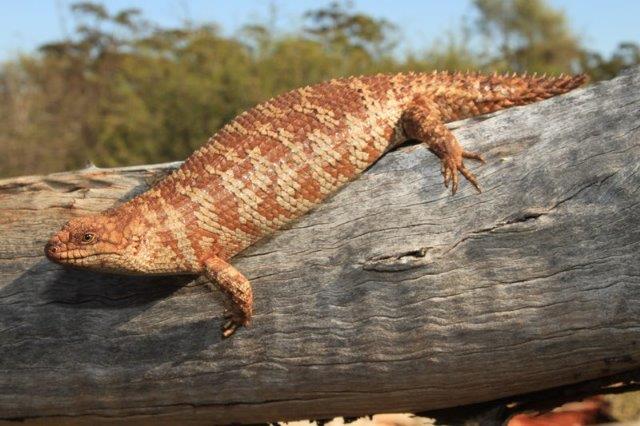
Western spiny-tailed skink (Egernia stokesii badia) from Mount Gibson area, listed as Vulnerable (BC Act) and Endangered (EPBC Act).
Currently listed as Least Concern under the IUCN Redlist as assessments only consider species level conservation (R.J. Ellis)
The research highlights that, of the 92% (~1,578) of globally distributed species assessed, approximately 20% are considered threatened with extinction (i.e. Vulnerable, Endangered or Critically Endangered). This result is consistent with previous estimates of ~19% global average for reptile extinction risk. Globally, the regions with the highest percentage of threatened species occur in Madagascar (~42%) and Neotropics (Central and South America) (~47%), with highest number of threatened species overall occurring in New Caledonia, Sri Lanka, New Zealand, and Madagascar.
Although Australia represents one of the global hotspots for skink species diversity, the percentage of species considered threatened was much less compared to other diversity hotpots, with approximately 19% considered threatened. While this is consistent with the ~19% global average estimates for all reptiles, it is substantially higher to the 7.1% previously determined for all Australian squamates (see previous blog post HERE), indicating skinks are representative of greater extinction risk in Australian squamates. Currently 34 (~16%) of the 233 skink species or subspecies occurring in Western Australia are listed as conservation significance (Priority or threatened).
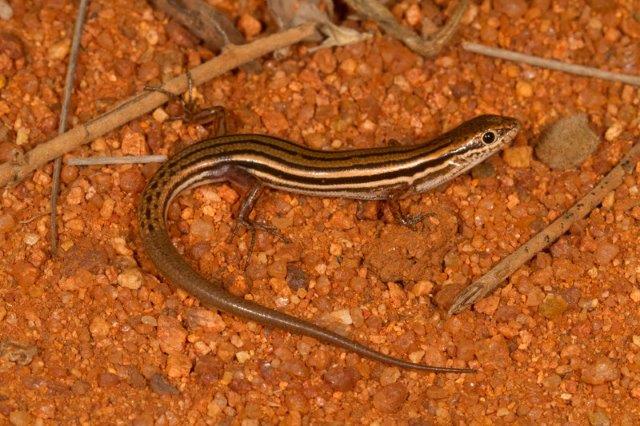
The Vulnerable (BC Act) gilled slender bluetongue (Cyclodomorphus branchialis) from near Kalbarri, WA (R.J. Ellis)
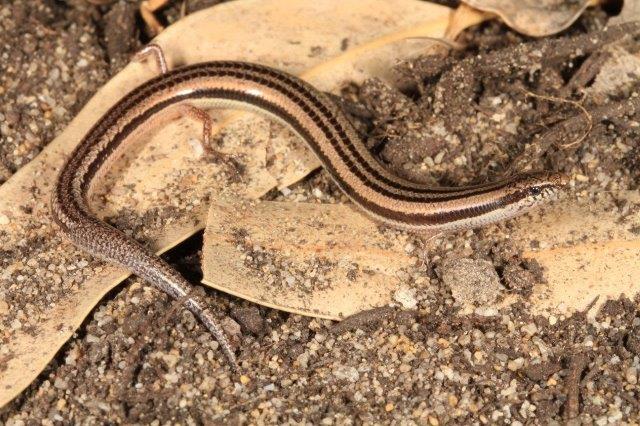
The Priority 2 northeast spotted ctenotus (Ctenotus uber johnstonei) from Balgo, WA (R.J. Ellis)
Globally, small or restricted geographic ranges were the contributing factor for the increased extinction risk of the majority of species, with habitat loss or degradation due to agriculture, invasive species and/or biological resource use identified as the primary contributors of declines.
The biologic vertebrate fauna team are currently involved in a number of research projects aiming to facilitate better management and conservation outcomes for some Western Australian skink species, including the Priority 3 listed Perth slider (Lerista lineata) and western spiny-tailed skink (Egernia stokesii badia) listed as Vulnerable under the Western Australian BC Act and Endangered under the national EPBC Act.
For more information or a copy of the publication, please don’t hesitate to get in touch with the Biologic Admin Team or Ryan directly.
